Everything You Need to Know About Banana Spider in Salt Lake City, Utah
There are over 50 thousand spider species in the world – from common house spiders, garden spiders and dangerous spiders. Spiders are found all over the place, including Salt Lake, Utah, with over 600 spider species living in it. We have ghost spiders, wolf spiders, widow spiders, brown recluse spiders, and jumping spiders. But besides these, we have what we call “banana spiders.” It may sound like banana spiders may seem like a real thing, but they do exist!
Today, we will talk about what banana spiders are, what they look like, and pretty much anything you need to know about these unique species living in Salt Lake, Utah.
Name
You might wonder where the name banana spiders came from or why they are called banana spiders. Banana spiders are named that way because of two things – how they look and where they can be found. First, banana spiders are commonly found on boxes where bananas are stored or shipped. Second, these kinds of spider species are yellow-colored like a banana and have an elongated abdomen shaped like a banana. Unlike other spiders, banana spiders may not look creepy and scary. By their looks, they can be like cute spiders because of their color. But they don’t let it fool you; banana spiders are just another nuisance pest you should get rid of.
Lifespan
Banana spiders have a short lifespan. That’s why only one generation of banana spiders is created per year. Once the egg sac hatches, the young banana spiders will feed on the females and start molting for about nine months to a year. After molting, these young banana spiders will become adults and will generally live for 2 – 3 weeks after.
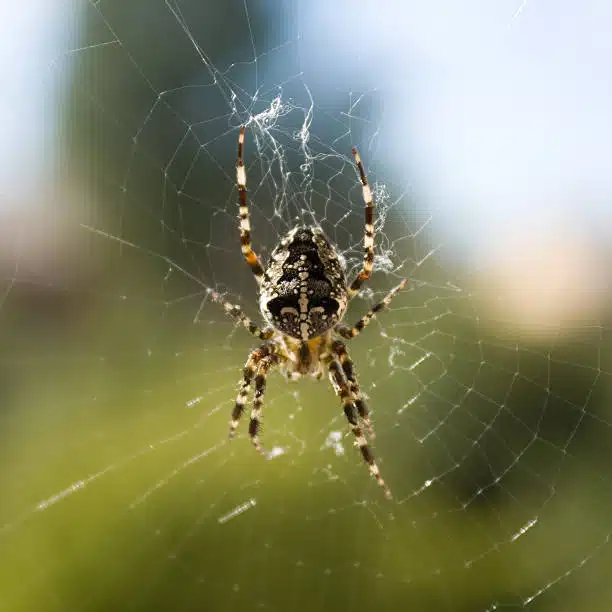
Habitat
Where you can find banana spiders living depends on the type of banana spiders. Golden silk-orb weavers are found in Florida, North Carolina, West Indies, Central America, South America, and Argentina. Brazilian wandering spiders are living in Brazil, South America, and Central America. Bromeliad spiders are found in Central America, South America, the Caribbean, Haiti, and Jamaica. Hawaiian garden spiders only live in Hawaii; hence, their name is “Hawaiian” garden spiders.
Web
Banana spiders are known to weave large webs, up to 6 feet in diameter. They can weave webs that can be hard to see by adjusting the color of their webs to match the environment where it is placed. The main purpose of this is to make the web invisible enough for the banana spiders’ prey to see.
This web’s main intention is not to capture humans but rather prey like small flying insects like bees, grasshoppers, flies, wasps, mosquitoes, and moths.
Different types of Banana Spiders

Banana spiders may not be as unique as many will think. You might have encountered a type of banana spider before but know of them under a different spider species name.
- Hawaiian garden spiders: These banana spiders can grow up to half inches in length. Their color can be red, black, white, and yellow.
- Golden silk orb-weaver: Banana spiders are often called golden silk orb-weaver spiders because they create their webs out of golden silk. Golden silk orb-weavers vary in size, ranging from half an inch to 3 inches, depending on the gender. The color of these types of banana spiders also varies depending on the gender. Female golden silk orb-weavers are orange or tan with yellow spots, while male ones are dark brown. Moreover, females are elongated, while males are slender.
- Brazilian wandering spiders: Known for their strong long legs, ranging from 4 to 5 inches, these types of banana spiders can move very quickly.
- Bromeliad spiders: Unlike Brazilian wandering spiders, these types of banana spiders are smaller, with only half an inch long legs. You can identify them by their orange and gray body color and red jaws.
Are Banana Spiders Venomous?
Just like any other spider species, not all banana spiders are venomous. This also depends on what kind of banana spiders they are. The most venomous spider among all types of banana spiders is the Brazilian wandering spider. Others, like Golden silk orb-weavers and Bromeliad spiders, don’t pose any serious danger to humans when they bite. When they do bite, you may experience little to severe symptoms. The only banana spiders that are not venomous to humans are the Hawaiian garden spiders.
Signs of Banana Spiders
Just like any other spider species, you can determine a spider infestation if there are spider webs all over your home. You may also see egg sacs on bananas since they are commonly found inside banana boxes. Egg sacs may look like small white bumps on banana skins. Another obvious sign of banana spiders is seeing banana spiders with your own eyes.
How to Get Rid of Banana Spiders
Flying insects can attract banana spiders as these are their food. So make sure to keep these flying insects at bay to avoid attracting other pests, a.k.a banana spiders, in your Salt Lake, Utah home. To do these, keep your windows and doors as frequent as possible to avoid flying insects entering your home. Another way to keep the banana spiders’ food away from your house is to seal up all the cracks in your home, cut tall grasses, and remove trash or litter.
But a surefire way to keep both flying insects and banana spiders away from your home is to call a professional pest control company. Hiring both an insect and spider control in Salt Lake, Utah, can help eliminate these unwanted pests in your home. Not only will it get rid of the unpleasant webs in your home, but you will avoid getting bitten by them as well.
Related Articles
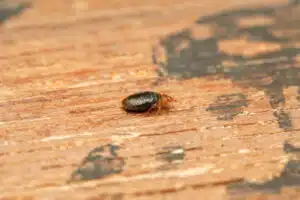
Tick vs. Bed Bugs: Differences and Similarities
Understanding the differences between two common blood-sucking pests, ticks and bed bugs, is important. We want to make sure you know exactly what kind of pests you’re dealing with,
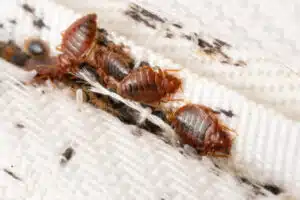
Where Do Bed Bugs Come From, and How to Prevent Them? A Guide for Salt Lake Residents
Bed bugs can be a major nuisance and cause various physical and emotional problems, including skin irritation, anxiety, and sleep disturbances. In Salt Lake City, bed bugs are a growing concern, especially in apartment buildings, hotels, and other high-density living spaces. But where do bed bugs come from, and how can you prevent them from infesting your home or property?
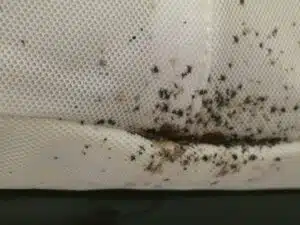
Are All the Tiny Black Bugs in My Bed Bed Bugs?
Sleeping is one of the things that we look forward to after a very long day. We recharge ourselves by sleeping by the end of the night to be refreshed the next day. But we can be disturbed even during our sleep by pesky pests crawling and hiding where we sleep. That’s terrifying, right? Pests that are known to annoy us during our sleep are bed bugs. They are usually found where humans and other pets sleep. Bed bugs can be almost anywhere in the world – even in your Saltlake home! They can be annoying because they suck your blood and leave you with an itch and bumps in the infected area. So blood attracts them, even the blood of other animals. Therefore, you should conduct bed bug removal if you have them. If you find bugs on your beds, you might think they are bed bugs. But are they?

Can Bed Bugs Live in Your Car?
Bed bugs are small, flat, and oval-shaped insects that feed on the blood of humans and animals. During the day, bed bugs hide in cracks and crevices around beds, furniture, and baseboards. You can also find them in mattresses, bed frames, blankets, carpets, and other fabric items throughout your home. While it is possible for bed bugs to infest your car, they’re less likely to do so than inside a house or other structure.
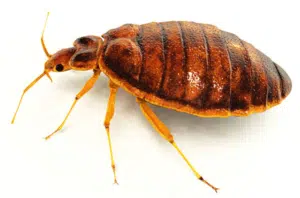
How to Find Bed Bugs in Your Home
Bed bugs are small, blood-sucking that feed on human and animal blood. They belong to the family Cimicidae, contain over 100 species, and have been around for millions of years.

Can Bed Bugs Jump?
Bed bugs are a common household pest that can be difficult to get rid of. These tiny insects can live in any crevice or crack in your home and feed on blood.
Having ants in your plant pots can be a huge nuisance and make you feel like you’re not doing the best job taking care of your plants. Lucky for Salt Lake City, Utah residents, getting rid of these pests is relatively easy with simple steps. Here’s how to get rid of ants in plant pots quickly and easily so you can enjoy a pest-free gardening experience.
Identify the Type of Ant Infestation
The first step to getting rid of ants is identifying which type of ant infestation you have. Common species in Midvale include carpenter ants, odorous house ants, pavement ants, little black ants, pharaoh ants, and fire ants.
While all can’t damage your landscape or garden, carpenter ants are particularly destructive as they build tunnels in woody areas like trees and shrubs.
Also, fire ants can be a pesky problem for home vegetable gardeners, with their sting and tendency to damage crops like okra or potatoes. Not only are they annoying, but the little invaders could potentially ruin your garden work! Knowing the type of ant will help determine the best treatment.
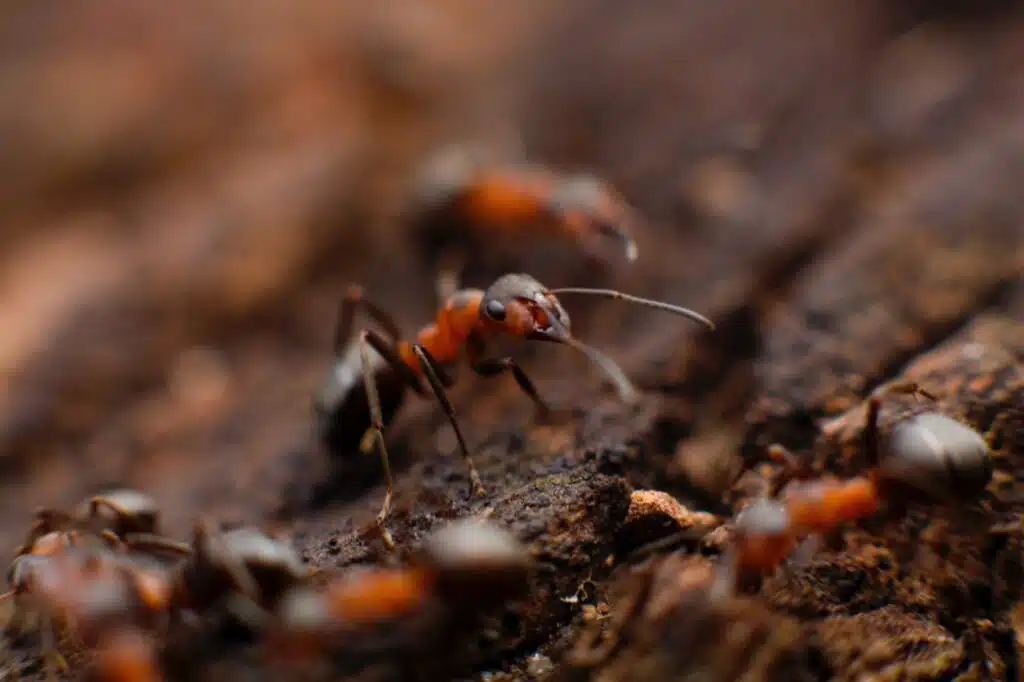
Remove Any Food Sources
Ants are attracted by food sources such as sugar water from overripe fruits or sweet nectar from flowers. If there are any leftovers or spills around the area where the ant infestation is located, clean them up immediately. Check flowerpots for decaying organic matter and remove it promptly if present.
This will help keep additional critters out while removing an attractive food source for existing pests. Additionally, store pet food away from outdoor areas where there may be an ant infestation since pets often leave behind crumbs when eating outdoors that can attract pests.
Use Natural Ant Repellents
When dealing with an ant infestation near your home’s foundation or even within potted plants around your patio or garden beds, natural repellents can be quite effective at deterring these critters. These can help without resorting to chemical treatments that could harm other beneficial insects and animals nearby.
Some common household ingredients used as natural repellents include vinegar, lemon juice, and citrus peels. These ingredients should be sprayed around entry points such as doorways or windowsills twice weekly until no more activity is seen inside the home. Additionally, sprinkle the cinnamon powder around susceptible areas during rainy periods when ant colonies may become active again after a period of dormancy during dry weather conditions.
Use Insecticides For Severe Infestations
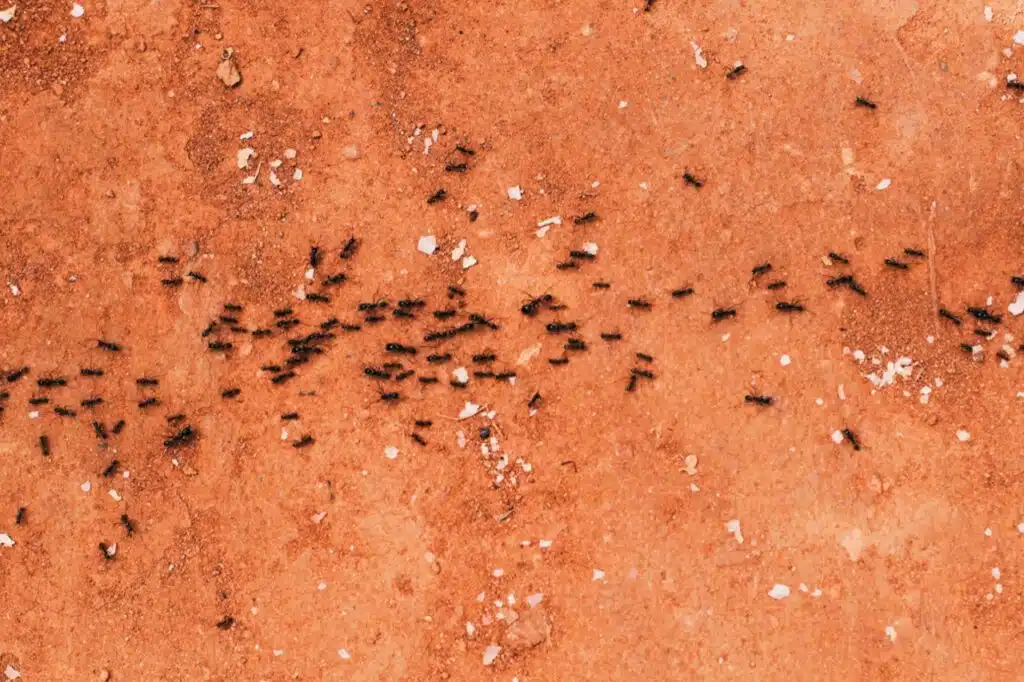
In cases where natural methods aren’t working well, you might need to use insecticides for more serious infestations. But insecticides are toxic and should be used with caution. It’s best to buy a product that has labeled instructions on how to use it safely and specific directions for getting rid of ants in Salt Lake City, Utah.
Some insecticides may need to be applied directly to the ground around the affected plants or pots, while others can be sprinkled around the area. Be sure to follow the directions on the product for the best results.
Remove and Replace Severely Affected Plants
If your plants are severely affected by ants, it’s often best to remove them and replace them with new ones. This will help eliminate any existing colonies of ants that have taken up residence in the pot. Inspect any new plant for ants before bringing it into your home, and dispose of any soil or leaves harboring the ants.
Hire Professional Exterminators When Necessary
When attempting DIY pest control fails, it’s time to call upon professional ant pest control with experience dealing with pesky critters around homes or gardens across the Midvalley region. Professional exterminators can help identify the ant species and then provide targeted treatments. Additionally, they will advise how to prevent and monitor future infestations in Salt Lake City, Utah.
Clean Up Around the Affected Area
After getting rid of the ant infestation, clean up around the affected area. This will help prevent any future colonies of ants from finding their way into the pot. For example, clean up any debris or water spilled from watering cans, and remove any standing water around the area. If possible, add a layer of gravel or bark chips to the top of the soil in your pots to help keep ants away.
By following these steps, you can keep your plants free from ants and enjoy the beauty of your garden in Salt Lake City, Utah. Be sure to act quickly when you spot ants and take the appropriate measures to get rid of them as soon as possible. This will help ensure that your plants remain healthy for years to come.

Tick vs. Bed Bugs: Differences and Similarities
Understanding the differences between two common blood-sucking pests, ticks and bed bugs, is important. We want to make sure you know exactly what kind of pests you’re dealing with,

Where Do Bed Bugs Come From, and How to Prevent Them? A Guide for Salt Lake Residents
Bed bugs can be a major nuisance and cause various physical and emotional problems, including skin irritation, anxiety, and sleep disturbances. In Salt Lake City, bed bugs are a growing concern, especially in apartment buildings, hotels, and other high-density living spaces. But where do bed bugs come from, and how can you prevent them from infesting your home or property?

Are All the Tiny Black Bugs in My Bed Bed Bugs?
Sleeping is one of the things that we look forward to after a very long day. We recharge ourselves by sleeping by the end of the night to be refreshed the next day. But we can be disturbed even during our sleep by pesky pests crawling and hiding where we sleep. That’s terrifying, right? Pests that are known to annoy us during our sleep are bed bugs. They are usually found where humans and other pets sleep. Bed bugs can be almost anywhere in the world – even in your Saltlake home! They can be annoying because they suck your blood and leave you with an itch and bumps in the infected area. So blood attracts them, even the blood of other animals. Therefore, you should conduct bed bug removal if you have them. If you find bugs on your beds, you might think they are bed bugs. But are they?

Can Bed Bugs Live in Your Car?
Bed bugs are small, flat, and oval-shaped insects that feed on the blood of humans and animals. During the day, bed bugs hide in cracks and crevices around beds, furniture, and baseboards. You can also find them in mattresses, bed frames, blankets, carpets, and other fabric items throughout your home. While it is possible for bed bugs to infest your car, they’re less likely to do so than inside a house or other structure.

How to Find Bed Bugs in Your Home
Bed bugs are small, blood-sucking that feed on human and animal blood. They belong to the family Cimicidae, contain over 100 species, and have been around for millions of years.

Can Bed Bugs Jump?
Bed bugs are a common household pest that can be difficult to get rid of. These tiny insects can live in any crevice or crack in your home and feed on blood.
